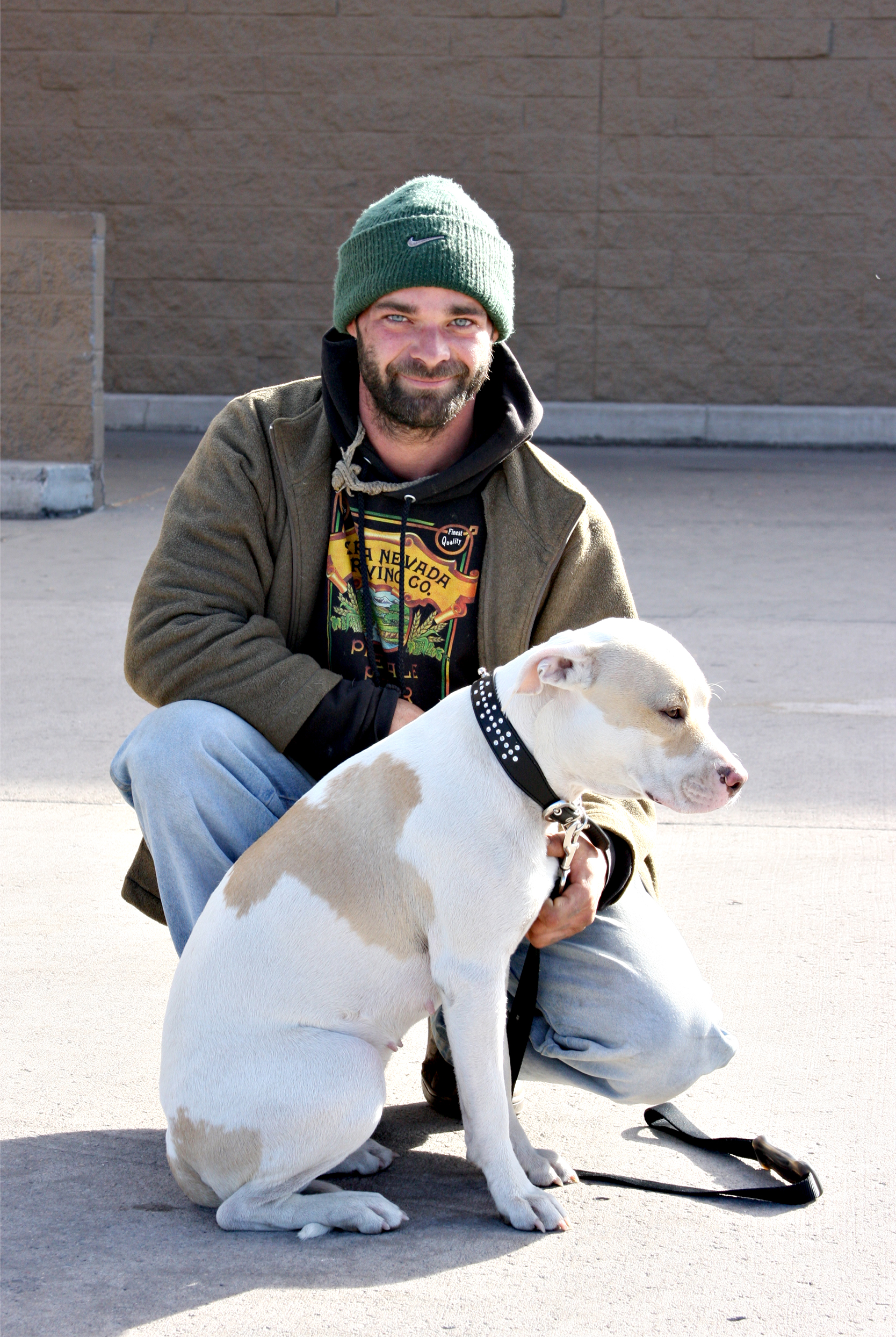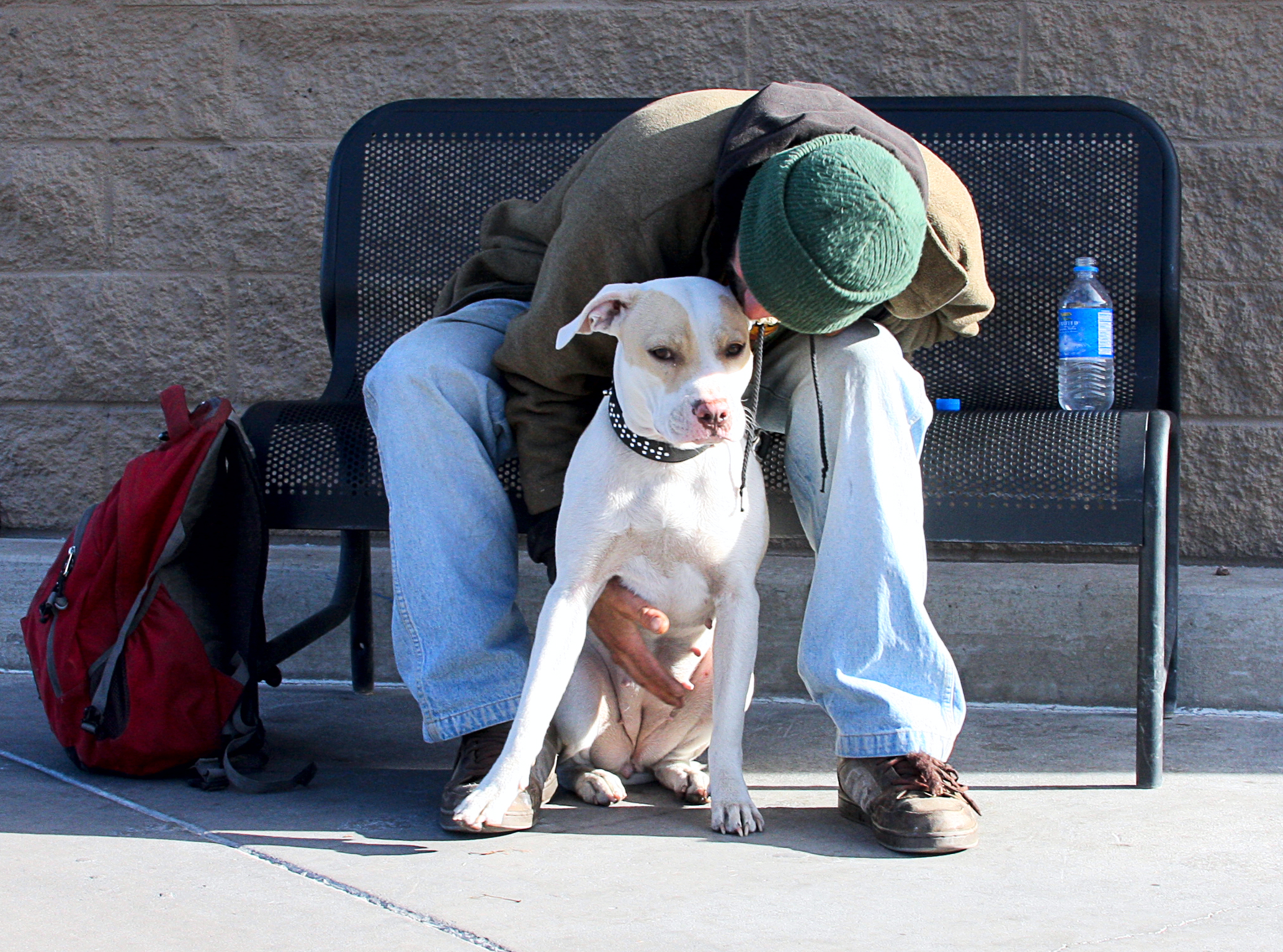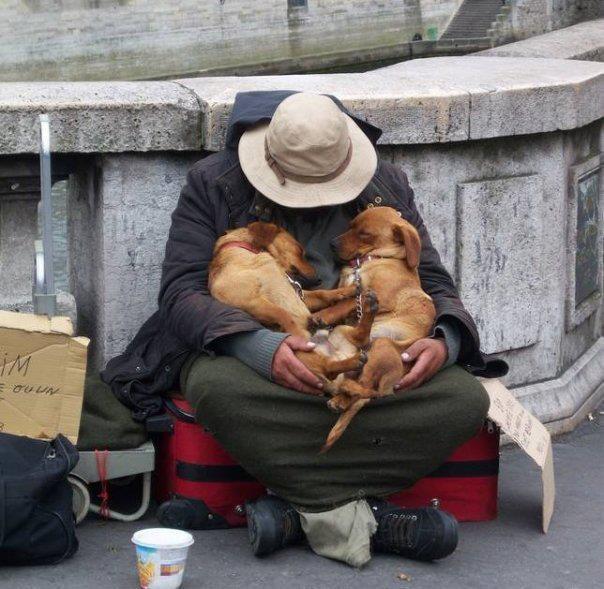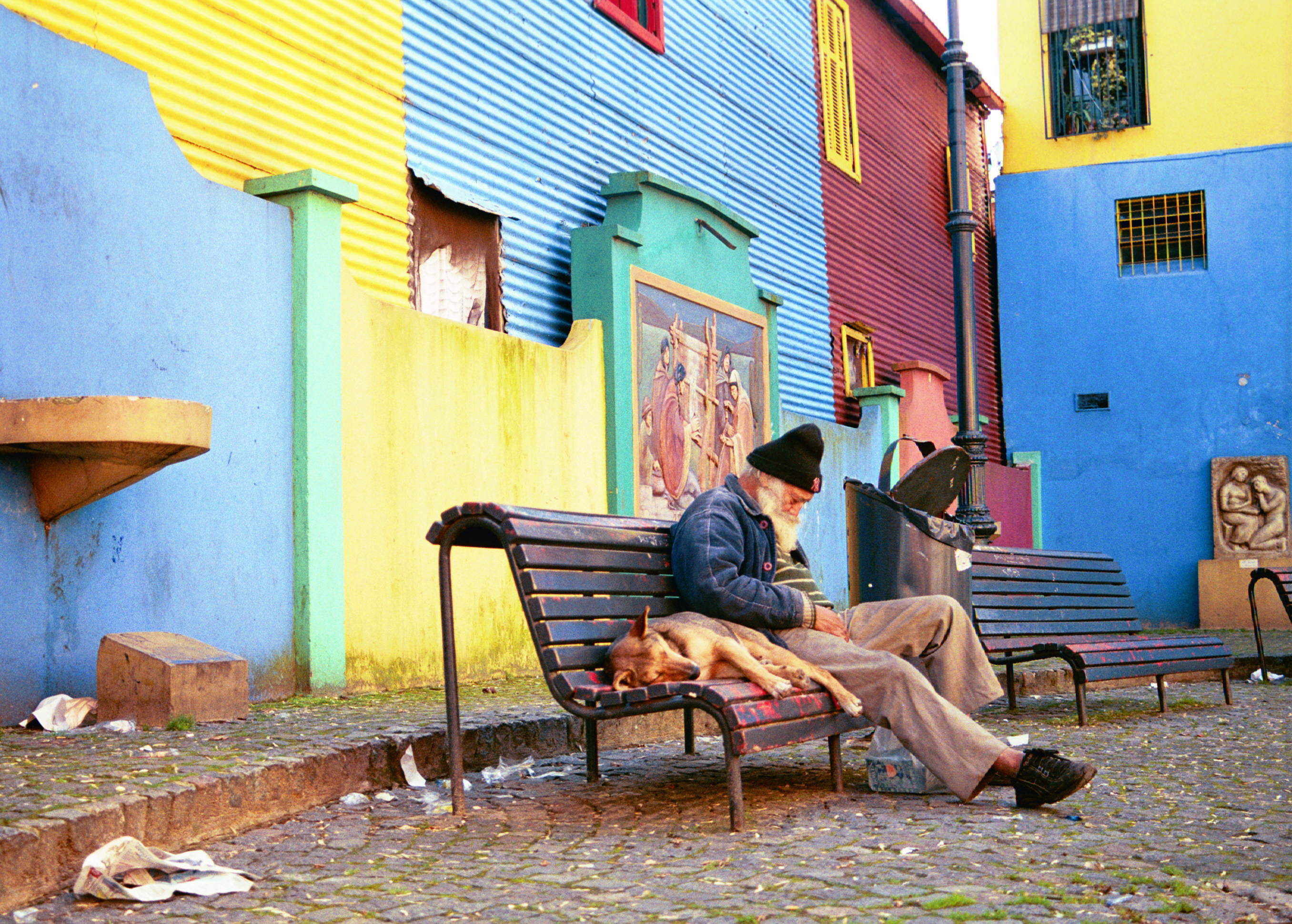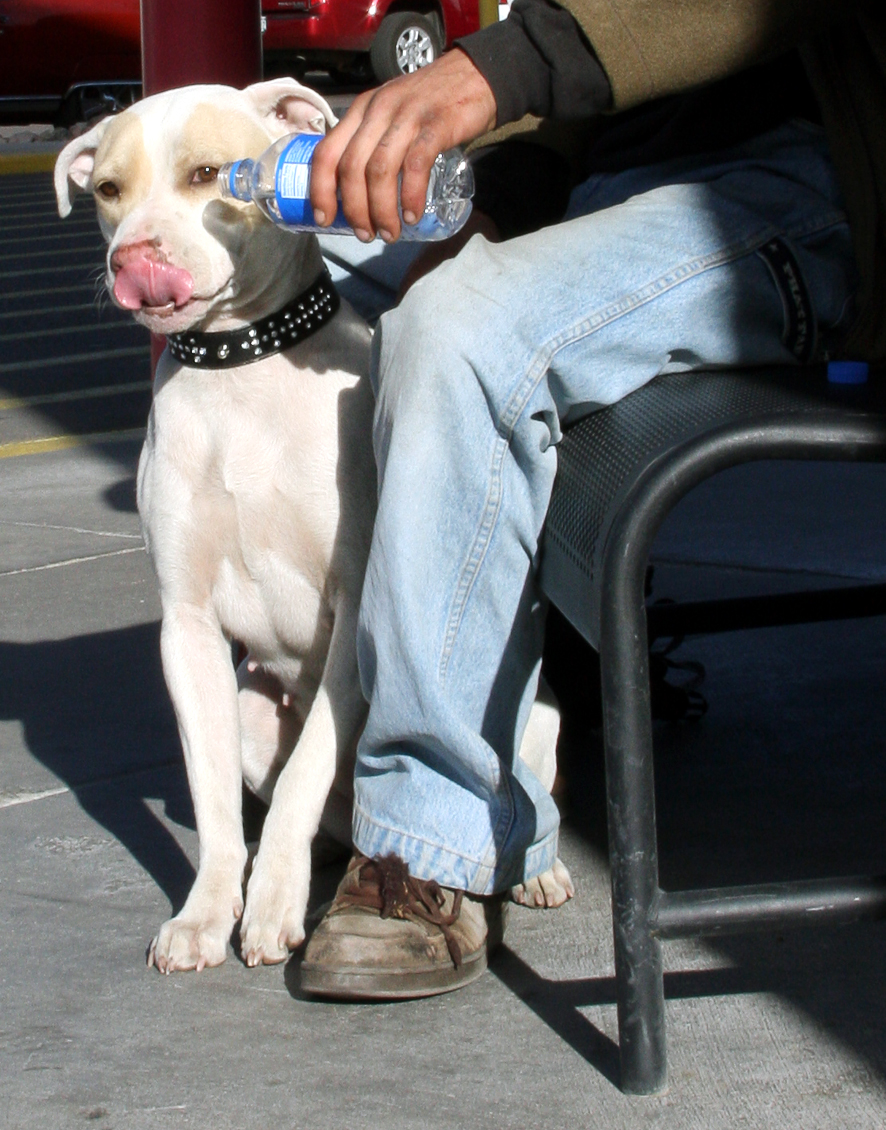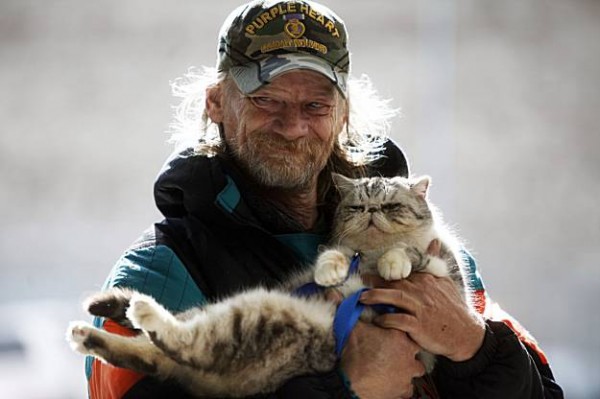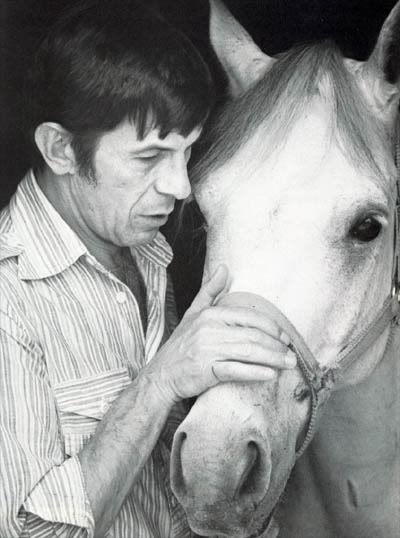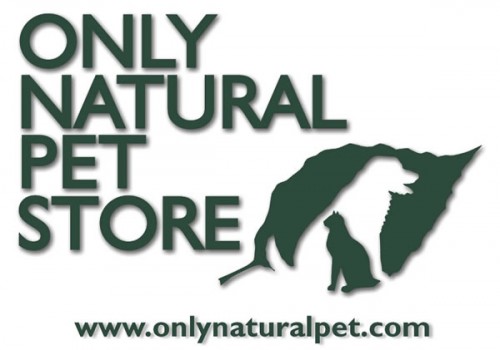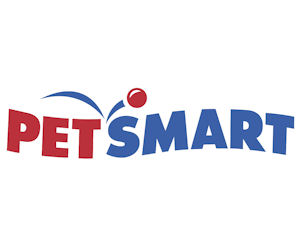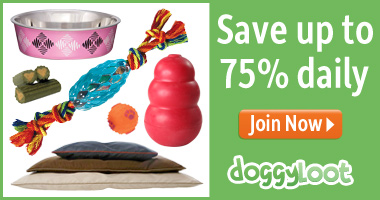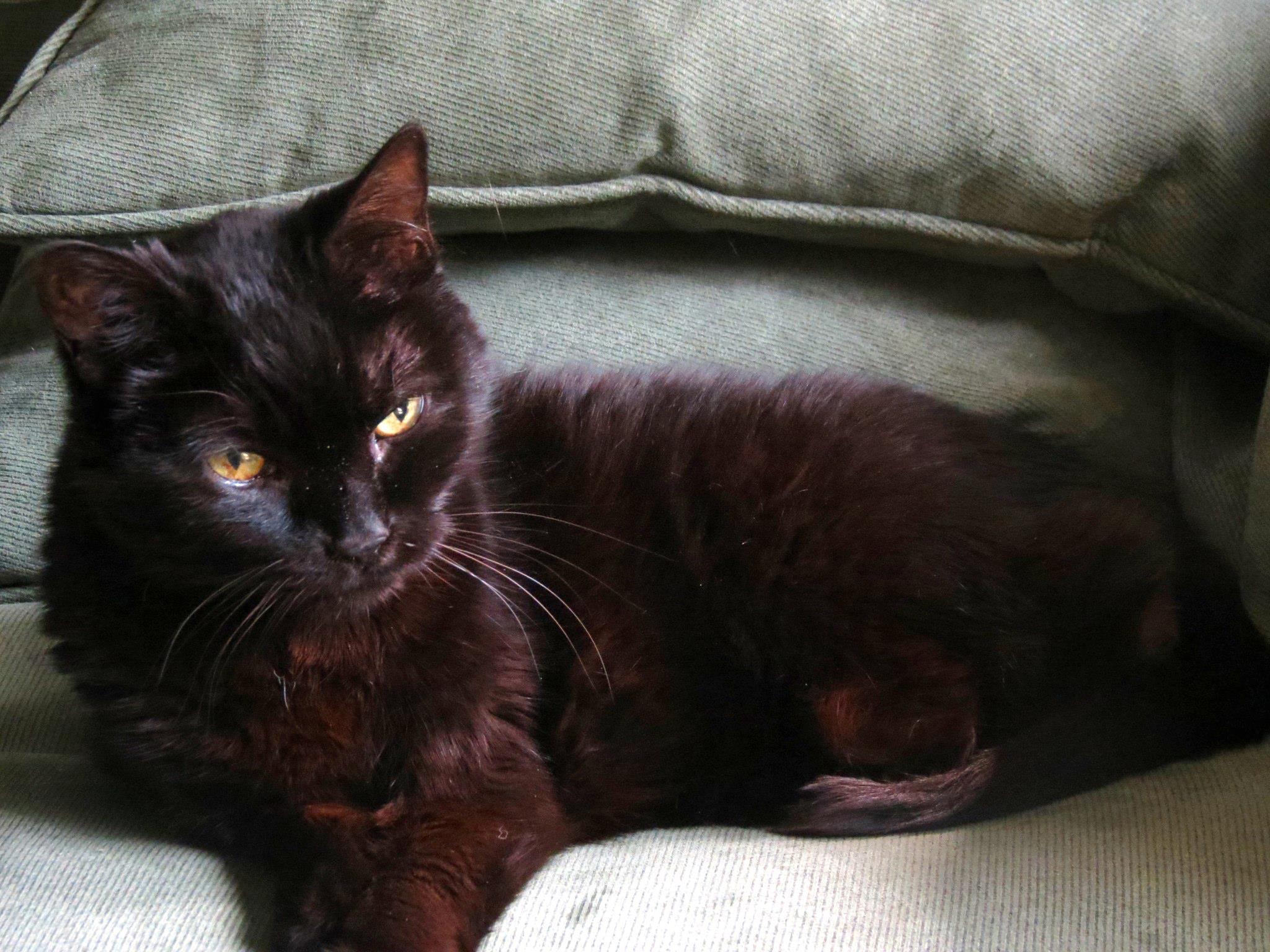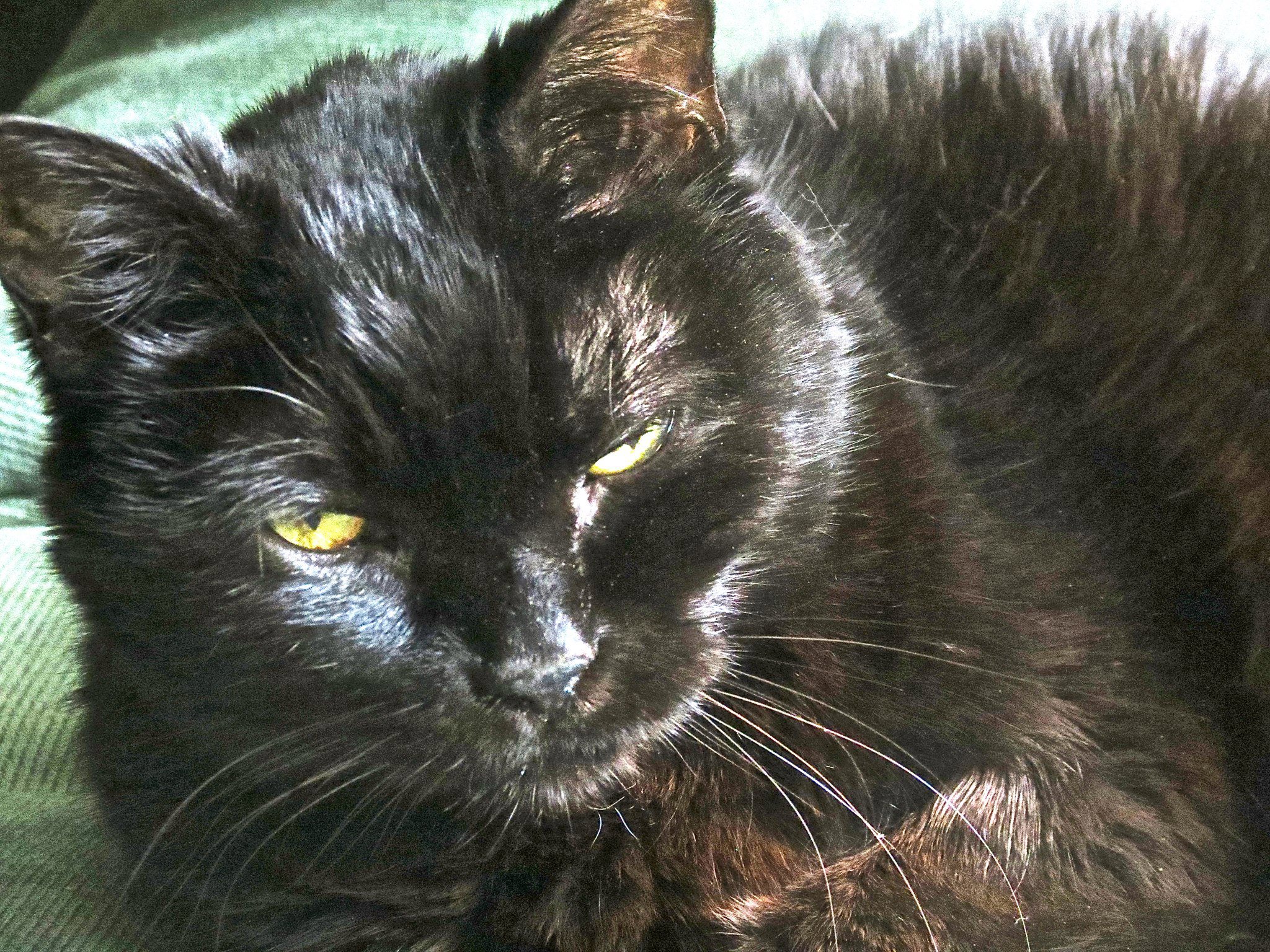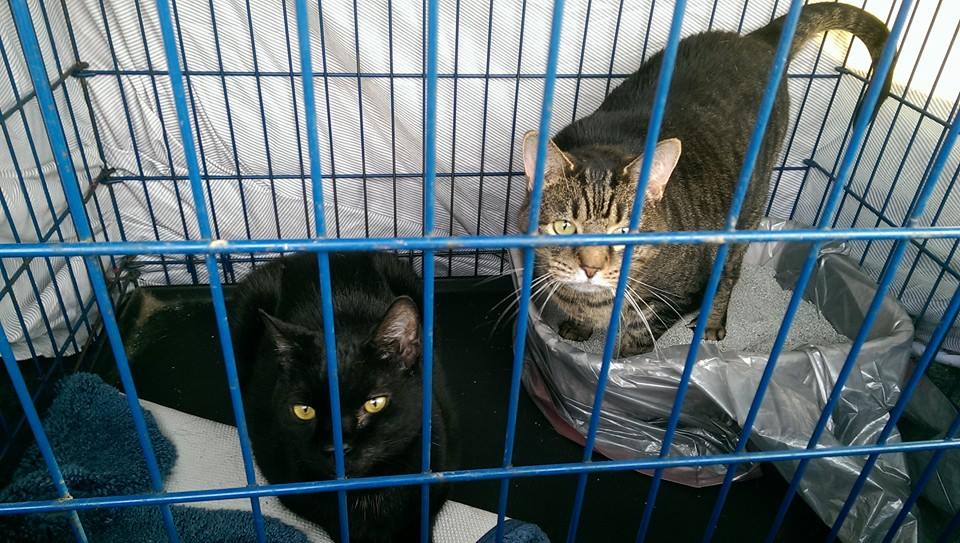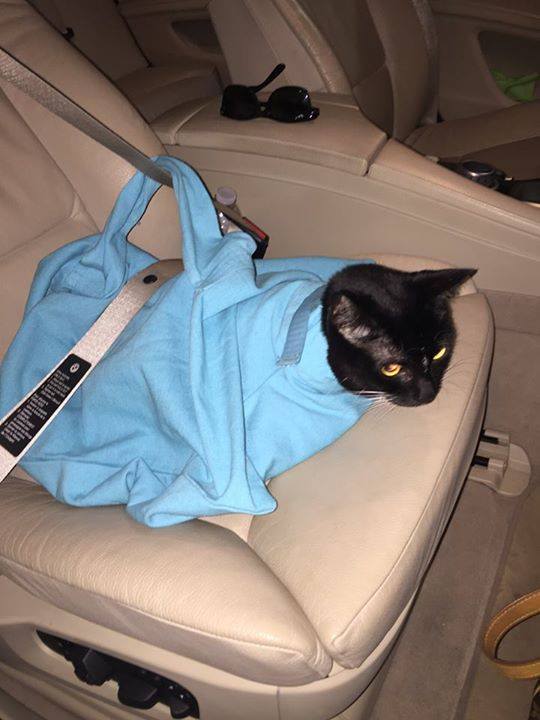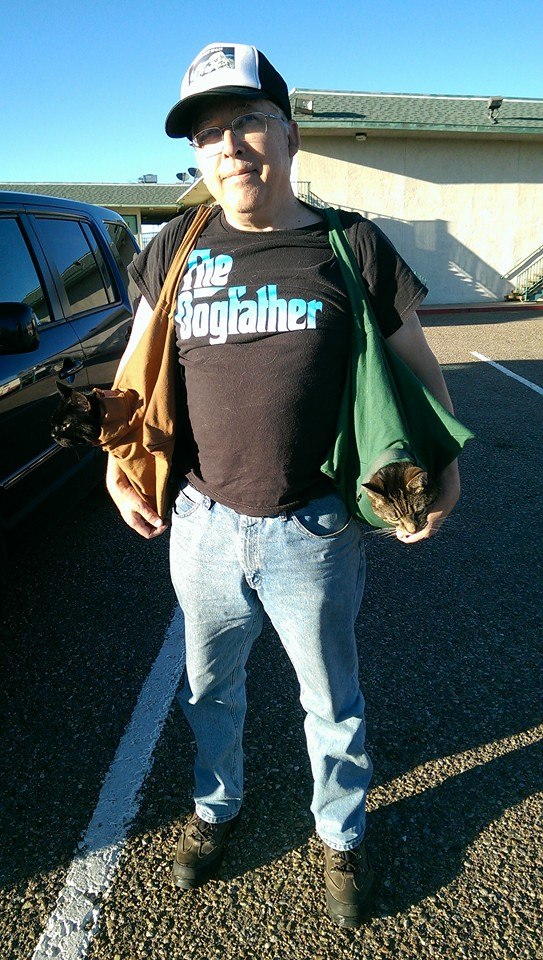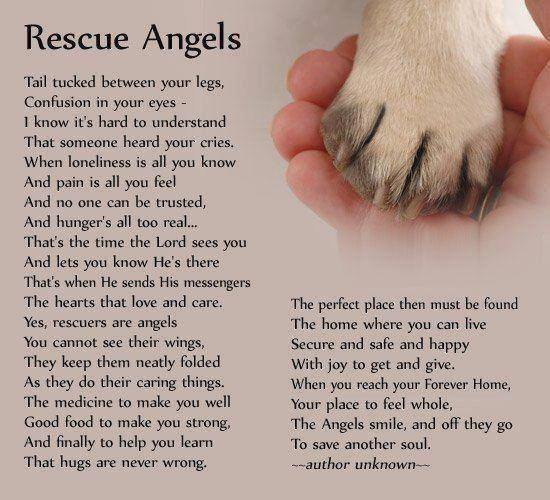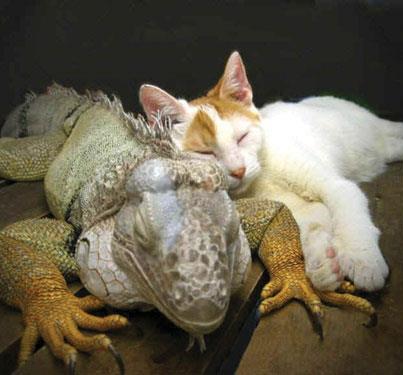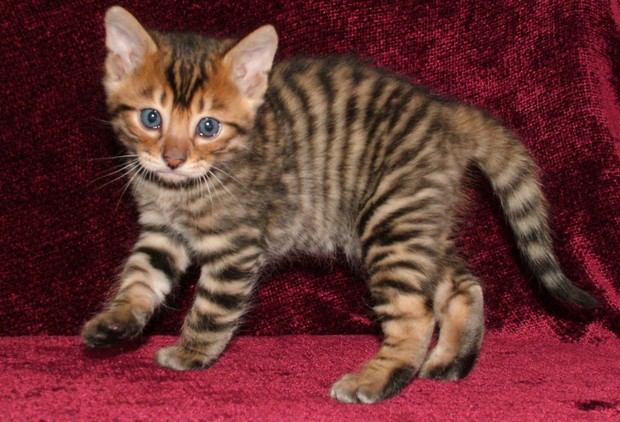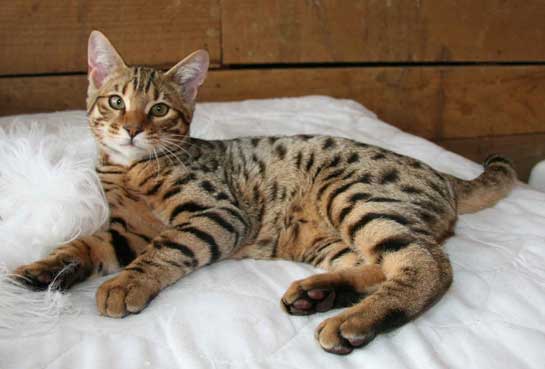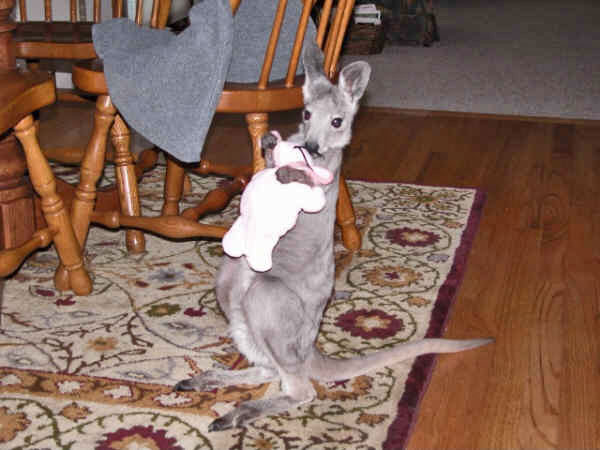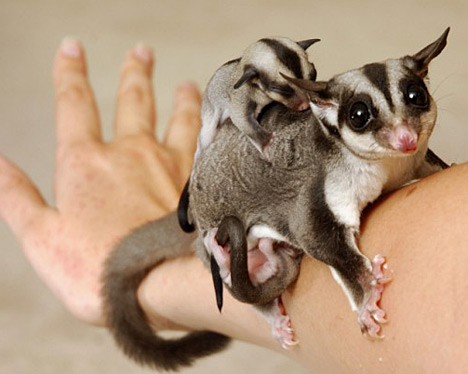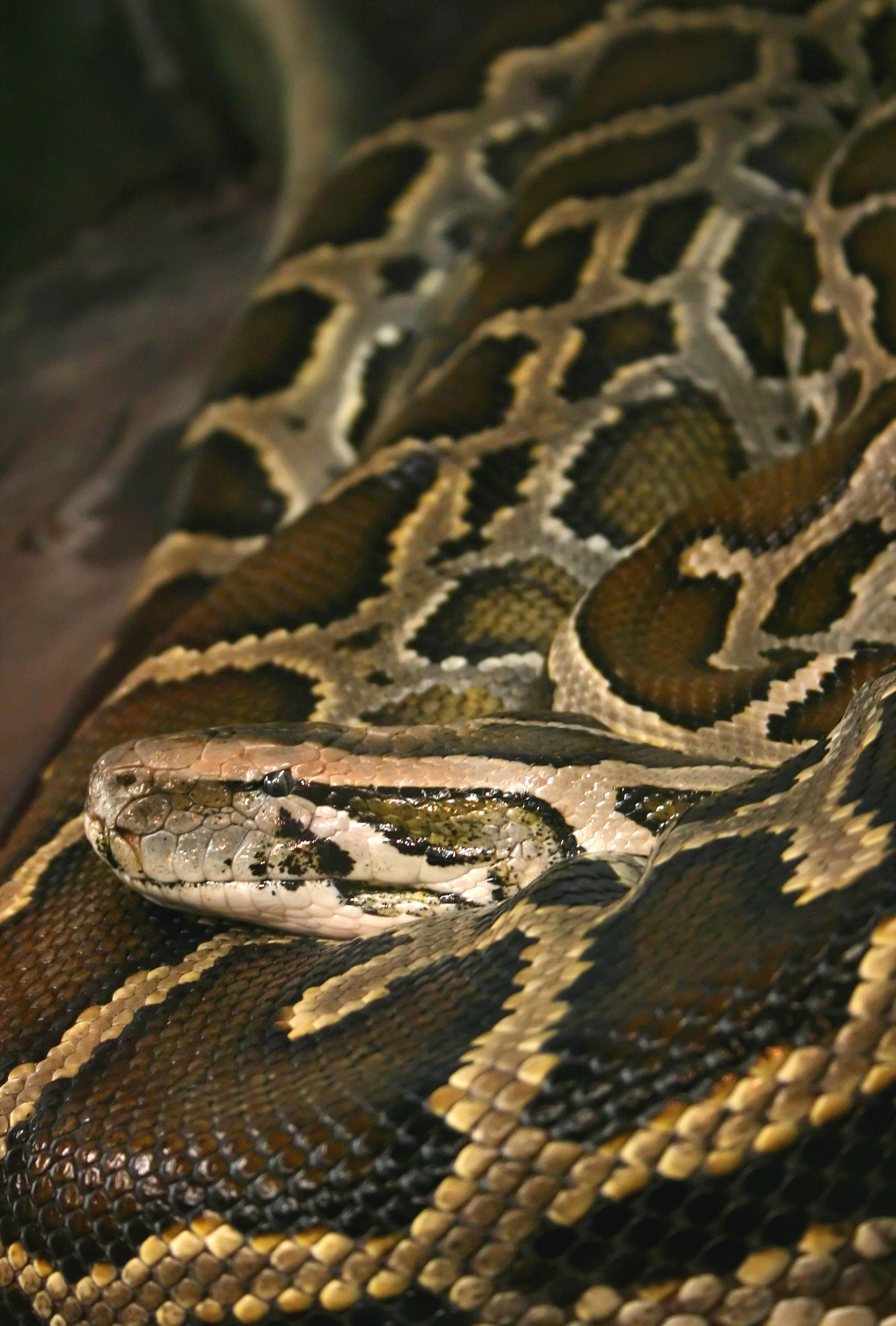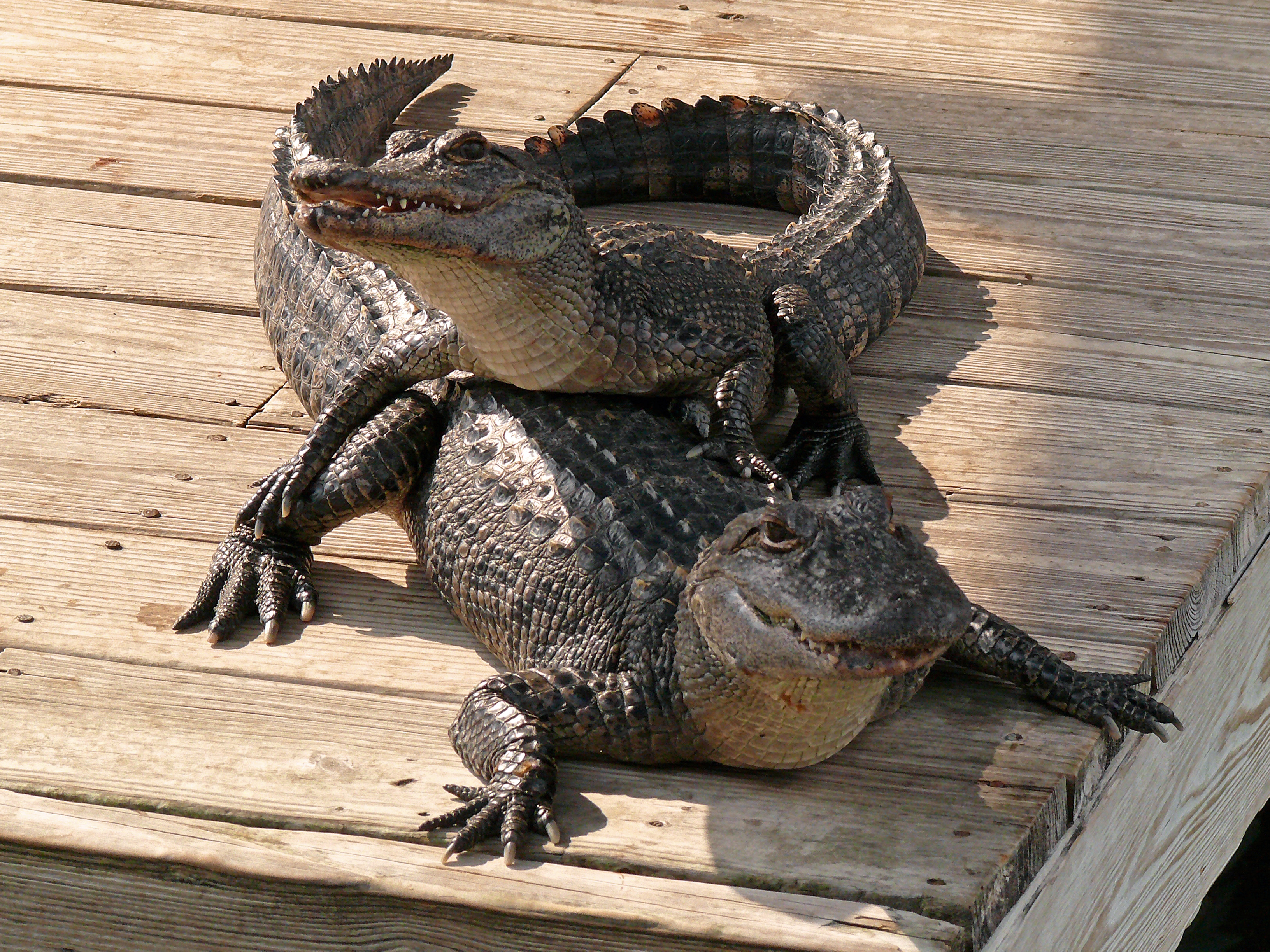In a previous post on Exotics, Joy Jones talks about some of the pros and cons of keeping exotic pets and what you should think of when you consider having one in your home. Some people have done their research and for either personal or professional reasons are ready and able to handle the unique challenges of keeping marsupials, snakes, chimps, alligators, or hybrid cats. These types of pets require special attention and are certainly not for everyone, but let us suppose that you or someone you know has an exotic of an even greater extreme, such as a serval? What do you do when the upkeep of your exotic is no longer a fit for your suddenly changed lifestyle, financial situation, or living arrangements? If you’re very lucky, you will find your animal a new home, full of loving people who only want the best for the mental and physical well being of someone who is always going to remain a part of your family in your heart.
 This is where the Conservators Center comes in. The Conservators Center is a small, nonprofit wildlife conservancy that provides a forever home for wild animals in need, offers educational tours to the public, and coordinates with other reputable organizations to help maintain species that are threatened. The Center is not a zoo and they don’t have a massive “collection” on their grounds, but they are able, at times, to bring in animals deserving of a new home that is more appropriate to their exotic nature. You would expect these guys to be located just about anywhere but in the middle of rural North Carolina, yet just a short drive from my house, visitors can experience the music of singing dogs, the howling of wolves, and the “chuffling” and “oofing” of tigers and lions.
This is where the Conservators Center comes in. The Conservators Center is a small, nonprofit wildlife conservancy that provides a forever home for wild animals in need, offers educational tours to the public, and coordinates with other reputable organizations to help maintain species that are threatened. The Center is not a zoo and they don’t have a massive “collection” on their grounds, but they are able, at times, to bring in animals deserving of a new home that is more appropriate to their exotic nature. You would expect these guys to be located just about anywhere but in the middle of rural North Carolina, yet just a short drive from my house, visitors can experience the music of singing dogs, the howling of wolves, and the “chuffling” and “oofing” of tigers and lions.

Matthai Lion oofing–photo by Ron Smith
Yes, you read that right. Out beyond the pastures in Caswell County, live lions and tigers, along with wolves, foxes, binturongs, lemurs… All in all, about twenty total species call the Conservators Center home, including many small cats, like the servals.
Of all the animals that find a new home at the Conservators Center, it is typically only some of the small animals that had been pets in a previous life. Lena Serval, originally from the Great Lakes area, is one of those examples. She started out with a career in educational programs, but found herself unsuited for that work and then discovered that life as an indoor cat wasn’t really for her either. We all know that house cats will spray on occasion, well wild cats will REALLY spray, and having that distinct odor in the house can become an issue rather quickly. Her owners wanted the best for her, so they turned to the Conservators Center, where she was accepted as one of the family. (She still has a small role in education through the tours that are given, but we won’t tell her that.)

Carson Serval–photo by Kim Barker
Akai Serval is a different example of household pet. She was happy to be indoors with her family and shared space with them without worry, until she was six years old, when she started chewing on things that weren’t meant to be chewed on. Furniture and other household items suddenly took on a whole new purpose in her life, which became an unhealthy habit. Her owners were prepared to build her an outdoor enclosure, but loved her so much that they knew they wouldn’t be able to force her to live outdoors if she was within sight. Who among us isn’t guilty of falling for those sweet, sad eyes that gaze up and say, “Why, Human? What is this strange thing you have done? Don’t you want me anymore?” I am probably the biggest sucker of all, so I certainly know that guilty feeling that makes you say to yourself, “Just one more night, THEN we make the change.” Three months go by and you are still sitting there telling yourself the same thing, “One more night.” The battle between the heart and the head is probably the hardest of all when it comes to the animals we love.
Knowing this was probably going to be their fate, Akai’s family made the hard choice to search for a home away from them, where their girl would be happy and healthy. Again, that brought them to the Conservators Center, where Akai Serval had the opportunity to eventually interact with others of her own kind. They paid for a new enclosure for her and still come by to visit, but Akai’s story doesn’t stop there. Want to know the happiest part? It turns out that her parents and siblings are living at the Conservators Center as well. But wait! There’s more! Thanks to the forward thinking folks at the Center, her enclosure was built side by side with that of another serval named Carson, who had only been with them for a short time. The enclosures were built with a connecting doorway that allowed for a careful introduction to be sure the two would get along. The two servals have become good companions and the doors remain open.
So why are some exotic owners, turning to the Conservators Center to provide care for these beloved members of their family? Primarily, it is because the Center is very specialized. Their focus is on carnivores and their specialty is on the smaller carnivores (though they do have two lemurs , who were taken in after MUCH consideration and research). In fact, there are a few species of small cat here that are hard to find anywhere else, including genets and jungle cats; both photographed at the Conservators Center by National Geographic Fellow Joel Sartore for his Photo Ark project.

Trekkie Wolf–photo by Taylor Hattori images
Still, when it comes to rehoming an exotic pet, there must be more than specialization to consider. What kinds of things are involved in the rehabilitation and proper care of a previous pet in this transition phase to their new home? Many of these animals have bonded to their owners, and as any animal lover can understand, it can become very hard for that pet to let go of its former humans. In much the same way that your dog pines away for you when you are gone, so do some of the animals that moved to the Center. Your dog knows you will eventually come home, but these exotic creatures have come from all over, left their homes and their humans behind and find themselves surrounded with sights, sounds, and smells that are completely foreign to them. Saying goodbye under those circumstances certainly isn’t easy and the Center’s staff work hard to help the animals in the best way that they can. Each animal brought to the Center is seen as an addition to the family, not just another animal to be obtained as part of a collection, and because of the facility’s size and structure, staff are able to give more personalized care than other locations often can provide. Lifetime Adopters, keepers, volunteers, interns, and even staff who are not animal keepers, all take some part in helping to give previous pets enrichment activities and special attention throughout their lives here.
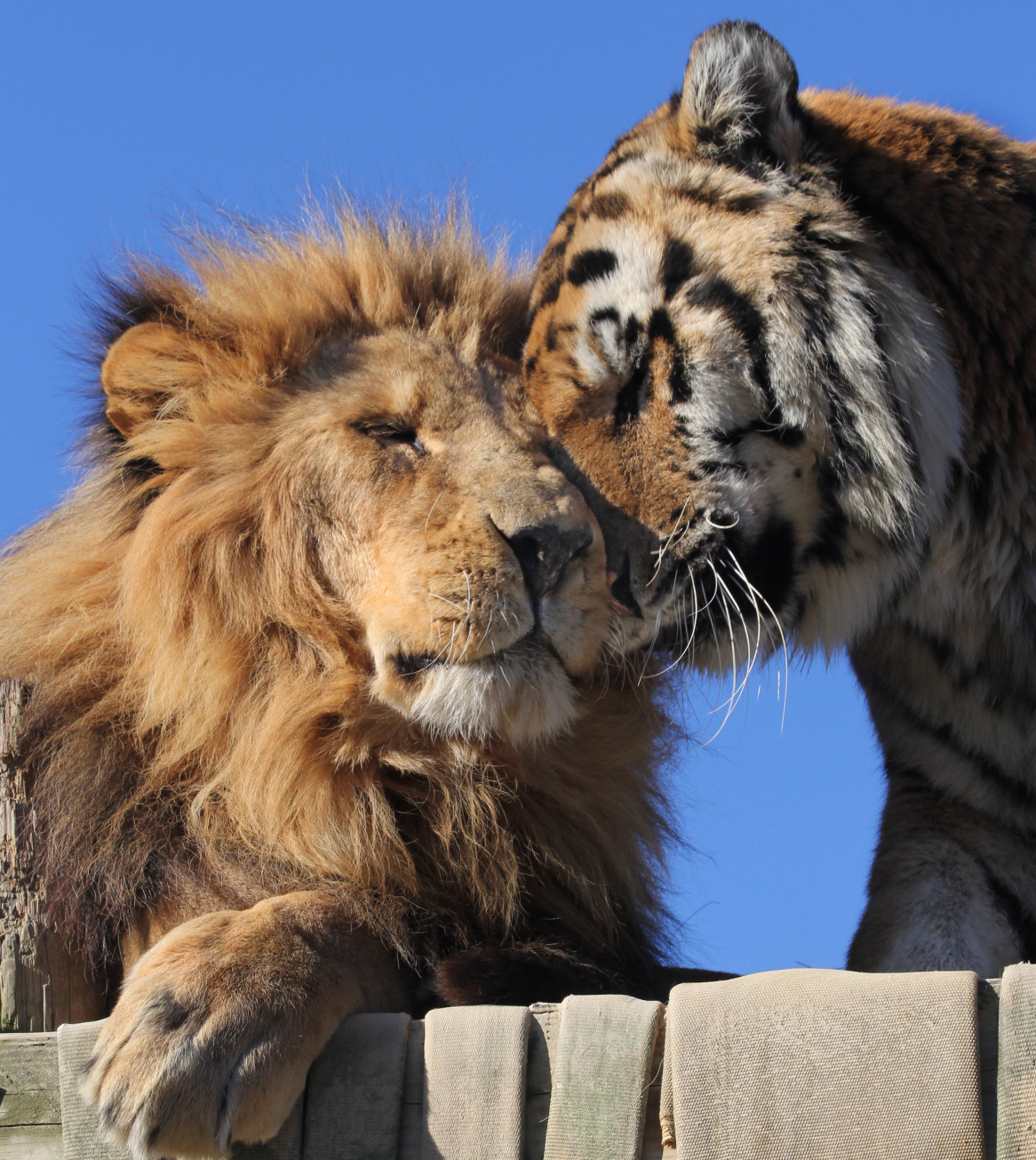
Calvin Lion and Wic Tiger snuggle–photo by Taylor Hattori Images
We have covered the Center’s specialized knowledge, we have looked at the devotion to care that the staff provide the residents, but we haven’t looked at one of the most important parts of this process: the exotic animal itself. Former exotic pets can come from a place where they have been fed improper diets, or were given meals that do not provide the balanced diet that an exotic animal needs. Wild cats require whole prey (such as rats) to live happy, healthy lives, and the Conservators Center has experience in helping to transition previous pets to the dietary requirements that are ideal, which is certainly NOT as easy a task as it sounds.
Personal disclaimer: Yes, I am the small animal writer and write many articles about my rats. Yes, I said they feed rats as a part of the diet at the Center. Yes, I have seen evidence of this with my own eyes. No, I do not hold it against the Center. This is the diet that is necessary for the animals in their care and if I’m visiting when there is a little bit of the day’s meal evident, I choose to look the other way. I would much rather see evidence of a healthy meal than an unhealthy one. Oh, and yes, I am a repeat visitor.
Now that I have gotten the business of cat diet out of the way, it is especially important to me that I note two things. Firstly, because of the very nature and size of the facility, the Conservators Center must be very selective in the animals that they accept. The special needs of the species and space considerations come into play when they consider adding to their family. There is a lot of work involved in rehoming an exotic animal and the Center needs to weigh their ability to provide proper care in the time of that transition. In other words, to be granted a place here is, in a way, an honor. Secondly, in writing this article I am not in any way suggesting that keeping exotic pets is something that anyone and everyone should do. As I mentioned in the beginning of this article, this kind of animal ownership comes with very specific responsibilities of research and care. Only a few of the animals currently living at the Conservators Center are former pets and while they do accept animals that have come from varying backgrounds, they do not encourage exotic pet ownership specifically. That having been said, they are still welcoming of animals in need of a new home, regardless of their previous living situation.
But let’s get on to the fun part, shall we? I am sure that there are readers out there who love big cats and picked up on a few hints of some topics that have yet to be covered. The Conservators Center is a nonprofit organization that takes care of servals and other small animals, but early on I said you could hear the “oofing” of lions at this place, which means they keep the big cats too. Where do they get the money to feed all these beautiful animals? How do they pay to house them? Who picks up the vet bill?
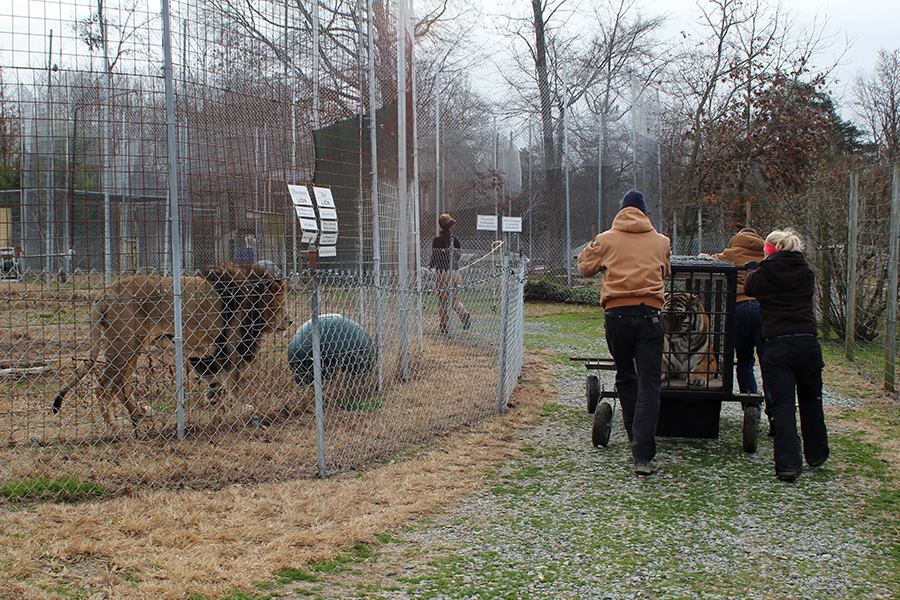
Thomas Lion watches Freya Tiger moving to her new habitat–photo by Taylor Hattori Images
Bonus Link: Freya Tiger Gets A New Enclosure
As with all nonprofits, a lot of the money comes from donations. Few of the animals who were once pets are sponsored by their previous owners, as in the case with Akai Serval, so the money must come from other sources. All of the animals are available for the Lifetime Adoption program through the Center. This program allows animal lovers everywhere to adopt one of the residents through monthly payments that vary depending on the animal that is chosen. You can adopt one of the smaller cats, singing dogs, and other unique animals for $75 a month, or if bigger critters (or ones with ringed tails) are your passion, you can adopt one of the lions, tigers, leopards, wolves, and lemurs for $110. The adoption lasts one year and can be renewed at the end of that time.
Most places send you the adoption information and that is where your participation ends, but that isn’t the case with the Conservators Center. Sure, you get your name on a sign and a mention on the website, yes, you are given the paperwork and photo that almost every other agency will send out, but what if you want to come for a visit? At the Conservators Center Lifetime Adopters are given discounts on special tours and merchandise, as well as free admission for the adopter, but it doesn’t even stop there. If you are a Lifetime Adopter, you are given the chance to work with a staff member to learn how to properly give treats and provide enrichment activities for your animal. (Before sceptics jump on the dangers, keep in mind the previously mentioned safety record of the Center. These guys know what they’re doing. A staff member accompanies and oversees these activities with the adopter.)
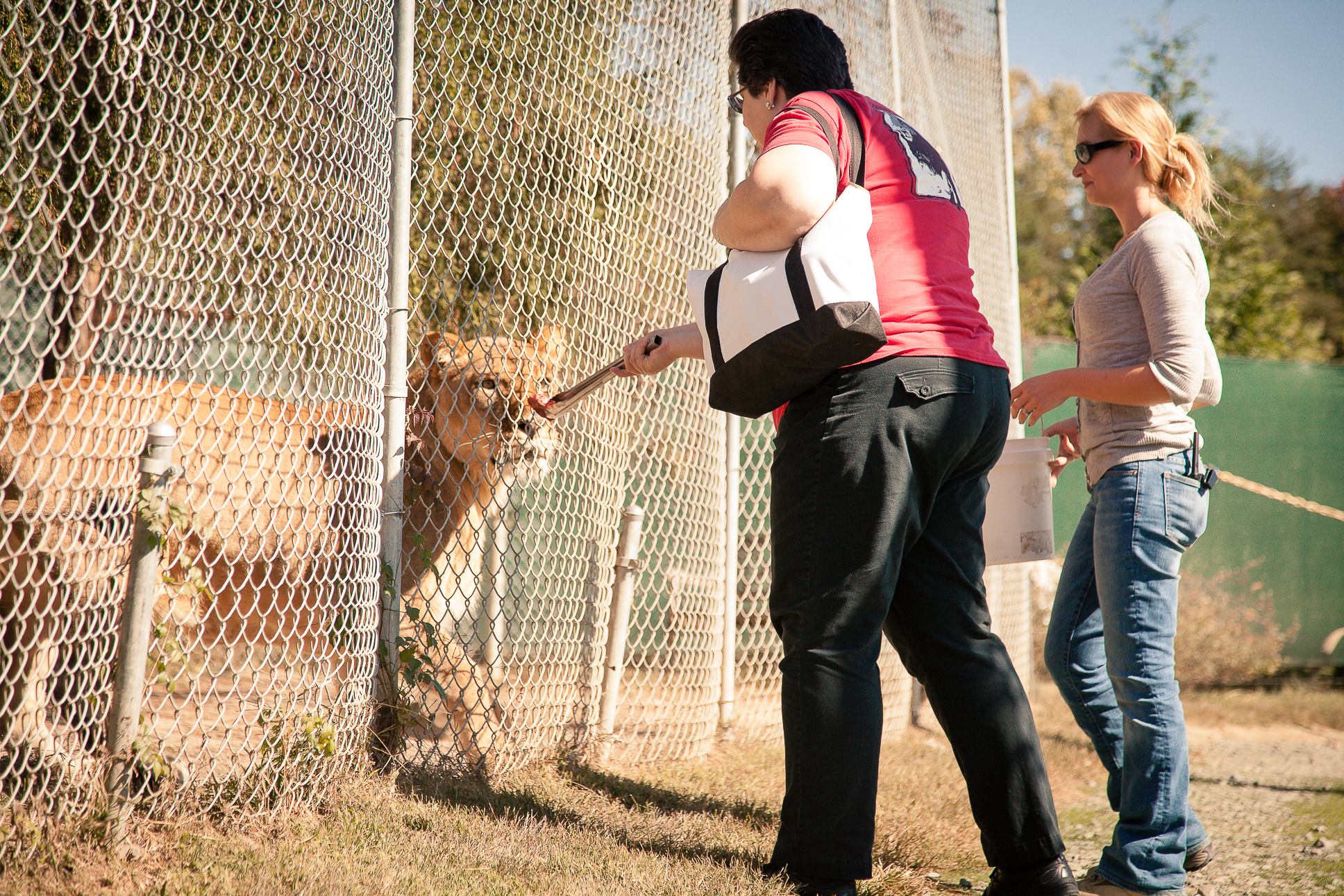
Lifetime adopter gives treats to her lion with staff escort–photo by Caleb Smallwood
After reading about all of this, you would think that we’ve said it all. Not quite. You don’t have to adopt an animal to come for a visit. Anyone can make a reservation to see the animals on Adventure tours, Photo Safaris, Treats & Toys tours, and Twilight tours, many times getting to hear the “oofing” and “chuffling” of lions and tigers or the howling of singing dogs and wolves that I mentioned earlier. (For tour information and scheduling, click here.) On top of all of that, there are several special events at the Conservators Center, each a seasonal treat that are as much enjoyed by the humans as they are by the animals who are given the special moments as extra enrichment. Each year there is a Pumpkin Prowl after Halloween, a Tree Toss after Christmas, and sometimes the animals are given the chance to make paintings (by rubbing against scented nontoxic materials as an enrichment activity) which are then sold at auction. Still want more? There is a Girl Scout Day held in the spring and the fall. Oh, and you can friend one of the residents on Facebook! Just go to ArthurTheTiger.
So the next time you think about visiting some wild animals, think about coming over to North Carolina, where you can stand five feet from over twenty species of beautiful creatures and become lost in the rumbling sound of lions at sunset. I can’t think of a better way to spend time with these animals than what I discovered in my own back yard.
Keep checking back with Your Pet Space for more articles on the Conservators Center and their residents! I would like to give special thanks to Mandy Matson, Director of Communications at the Conservators Center for putting up with my many questions and for helping me get the records straight for this article.

Mirrani Houpe, our Small Animal Editor, has had rats since she took home her first little boy once they both completed the second grade. Since that time she has purchased, rescued and bred many kinds of rats, from many backgrounds. She may not be a vet, psychology major, or scientist, but her babies have her very well trained when it comes to how to care for them. She is constantly working with her family’s veterinarian to come up with new and innovative ways to love and care for the most often misunderstood rodent in the pet world. You can e-mail her at mirrani@yourpetspace.info
